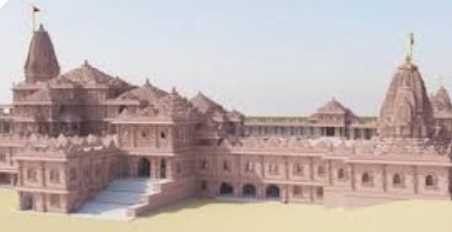The Journey of the Ram Mandir: A 500-Year Saga Unveiled
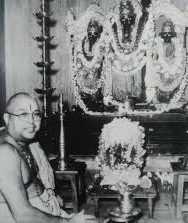
The Ram Mandir, dedicated to Lord Ram, stands as not only a religious edifice but a symbol of India's intricate historical tapestry, woven intricately over 500 years. The journey from its origins in the 15th century to the grand inauguration on January 22, 2024, is a captivating narrative reflecting the complexities of Indian history, politics, and societal dynamics.
Historical Background (15th Century):
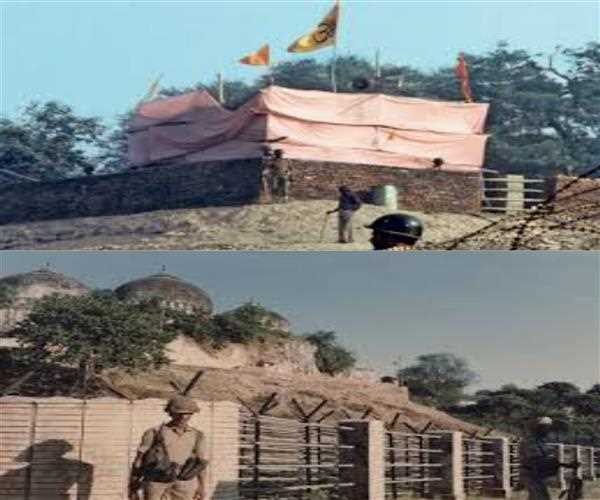
In the 15th century, the Mughal Emperor Babur ordered the construction of the Babri Masjid in Ayodhya, unknowingly setting the stage for a centuries-long saga. The site became intertwined with religious sentiments, sparking a struggle that would endure for generations.
Ayodhya, known as the birthplace of Lord Ram, held sacred significance for Hindus. The construction of the mosque on this revered ground laid the foundation for a conflict that would shape the socio-religious landscape of India for centuries to come.
Religious and Political Tensions (20th Century): The 20th century witnessed the Ram Janmabhoomi-Babri Masjid dispute evolving into a contentious issue, becoming a flashpoint in Indian politics. The demand for the construction of a Ram temple gained momentum, fueled by the sentiments of a significant section of the Hindu population.
The political landscape was deeply influenced by this issue, with political parties aligning themselves based on their stance on the Ram Mandir. This intersection of religion and politics heightened the tensions surrounding the site.
Babri Masjid Demolition (1992):
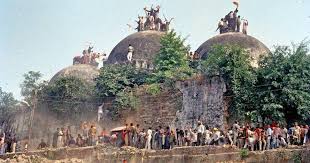
The most dramatic turn in this saga occurred on December 6, 1992, when the Babri Masjid was demolished by a large mob, leading to widespread communal violence. The demolition marked a watershed moment in Indian history, leaving an indelible scar on the collective memory of the nation.
The event not only triggered nationwide upheaval but also set off a series of legal battles that would shape the future of the disputed site. The aftermath saw communal tensions escalating, revealing the deep-seated fault lines within Indian society.
Legal Battles (1992-2019):
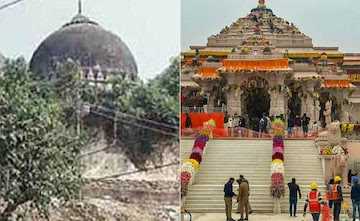
The post-demolition period was characterized by a protracted legal battle to determine the rightful owner of the disputed site. Various courts heard the case, each stage contributing to the complexity and duration of the resolution.
The legal discourse around the Ram Mandir issue traversed through intricate arguments, historical evidence, and constitutional interpretations. The case became a touchstone for the delicate balance between religious beliefs and the rule of law in a diverse and secular nation.
Land Dispute Resolution (2019):
The turning point in the legal saga came in November 2019 when the Supreme Court of India delivered a landmark verdict. The court ruled in favor of the construction of a Ram temple on the disputed site, acknowledging the historical and religious significance of the place for the Hindu community.
The judgment, while settling the long-standing dispute, also demonstrated the judicial commitment to upholding the secular fabric of the nation. The court allocated an alternative piece of land to the Muslim community for the construction of a mosque, aiming to strike a balance and heal the historical wounds.
Construction of the Ram Mandir (2020-2022):
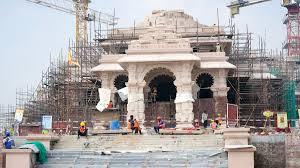
Post the Supreme Court verdict, the actualization of the Ram Mandir began, marking the commencement of the temple's construction in Ayodhya. This phase represents not just the physical construction of a religious structure but also the realization of the aspirations of millions who had waited for over five centuries to witness the consecration of the temple dedicated to Lord Ram.
The construction process, accompanied by elaborate rituals and ceremonies, symbolizes a new chapter in India's history, where the scars of the past are being mended, and a vision of communal harmony is being nurtured.
Inauguration on January 22, 2024:

The pinnacle of this historical journey culminated on January 22, 2024, when the Ram Mandir was officially inaugurated. The auspicious occasion was marked by grand celebrations, attended by dignitaries, religious leaders, and millions of devotees.
The inauguration not only symbolized the completion of the temple but also represented a new era in the collective consciousness of the nation. It was a moment of unity, where diverse communities came together to witness the realization of a shared heritage and faith.

The inauguration ceremony itself was a spectacle of cultural and religious significance. Elaborate rituals, prayers, and processions accompanied the event, with the resonance of hymns and chants filling the air. The newly constructed temple, with its architectural splendor, stood as a testament to both faith and craftsmanship.
In his address during the inauguration, the Prime Minister highlighted the historical importance of the occasion, emphasizing the need for communal harmony and unity in diversity. The ceremony was not just about a physical structure but a symbol of India's rich heritage and its ability to reconcile its diverse religious beliefs.
Conclusion:

The inauguration of the Ram Mandir in Ayodhya on January 22, 2024, is not merely a momentous event; it is the culmination of a 500-year journey that encapsulates the ebb and flow of India's socio-religious dynamics. The story of the Ram Mandir mirrors the resilience of faith, the challenges of communal harmony, and the pursuit of justice in the Indian context.
The historical background rooted in the 15th century, the 20th-century political and religious tensions, the dramatic demolition in 1992, the protracted legal battles, and finally, the resolution and construction in the 21st century, together form a narrative that reflects the intricate interplay of faith, politics, and the judiciary.
As the Ram Mandir stands tall, it serves not just as a place of worship but as a symbol of India's ability to navigate through complex historical narratives and emerge with a collective vision for the future. The inauguration is a moment of significance, bridging the gap between the past and the present, and holding the promise of a more inclusive and harmonious future for the diverse people of India.
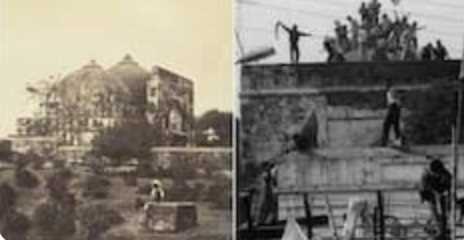 Ayodhya dispute Ram temple
Ayodhya dispute Ram temple